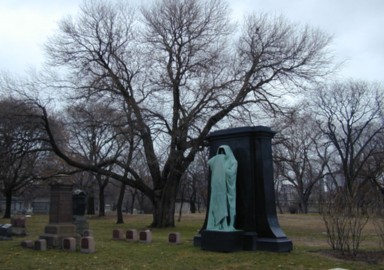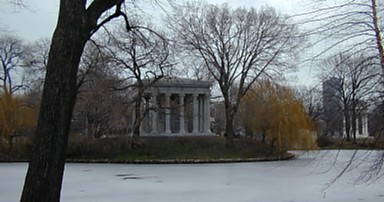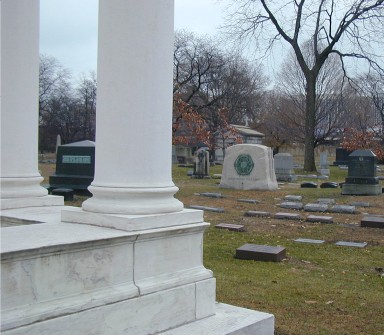The last two months of 2005 I wrote some articles on
torture, more
torture, and other
abuses of power. In some of the articles, I made reference to pending legislation that would curtail those abuses. At the time I had this crazy idea that it actually
mattered what was in this legislation and whether it was signed into law or not. But President Bush has set me straight regarding my former foolishness.
In the case of Senator McCain's (R-AZ) anti-torture proposal, President Bush threatened to veto the defense appropriations bill if it were included. It would have been Bush's first veto in his five years in office.
But he signed it anyway. So... it's a good thing, right?
It would have been, except that in signing the bill,
Bush wrote a "signing statement" that essentially said that he has the authority as Commander in Chief to ignore the anti-torture provision.
Another part of the defense appropriations bill (one I disagree with) states that, effective upon the bill's signing, the courts would have no jurisdiction to consider habeas corpus petitions for Guantanamo detainees. (This is Div. A, Title X, Section 1005.) The intent was to keep
new cases out the court system, but in the President's signing statement, he advocated throwing out all pending cases involving Guantanamo detainees.
Yet another part of the bill (Div. A, Title VIII, Sec. 8104) states that none of the specified intelligence-gathering funds would be available if the administration fails to follow the proper processes for conducting searches on U.S. persons (such as obtaining a warrant). Once again, Mr. Bush thumbs his nose at Congress. I think Congress ought to ask for a refund.
If President Bush didn't like the bill, he
could have vetoed it, and then Congress would have had to pass it over his veto. Instead, he signs it, then
does whatever he freakin' wants. 'Cause, dammit, he's the
King Commander in Chief! I just pulled my copy of the Constitution out of my pocket, and I'm reading Article II. Hmm... I notice that the Founding Fathers spelled "choose" with a
'u'. But I don't see anything in there that gives the President the authority to ignore the laws passed by Congress. In fact, Section 3 says that the President "shall take Care that the Laws be faithfully executed." (Section 4 suggests an interesting remedy.)



